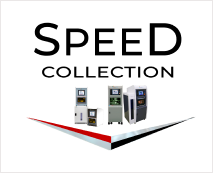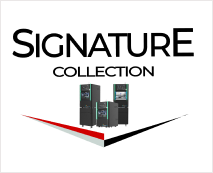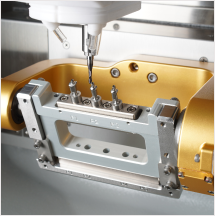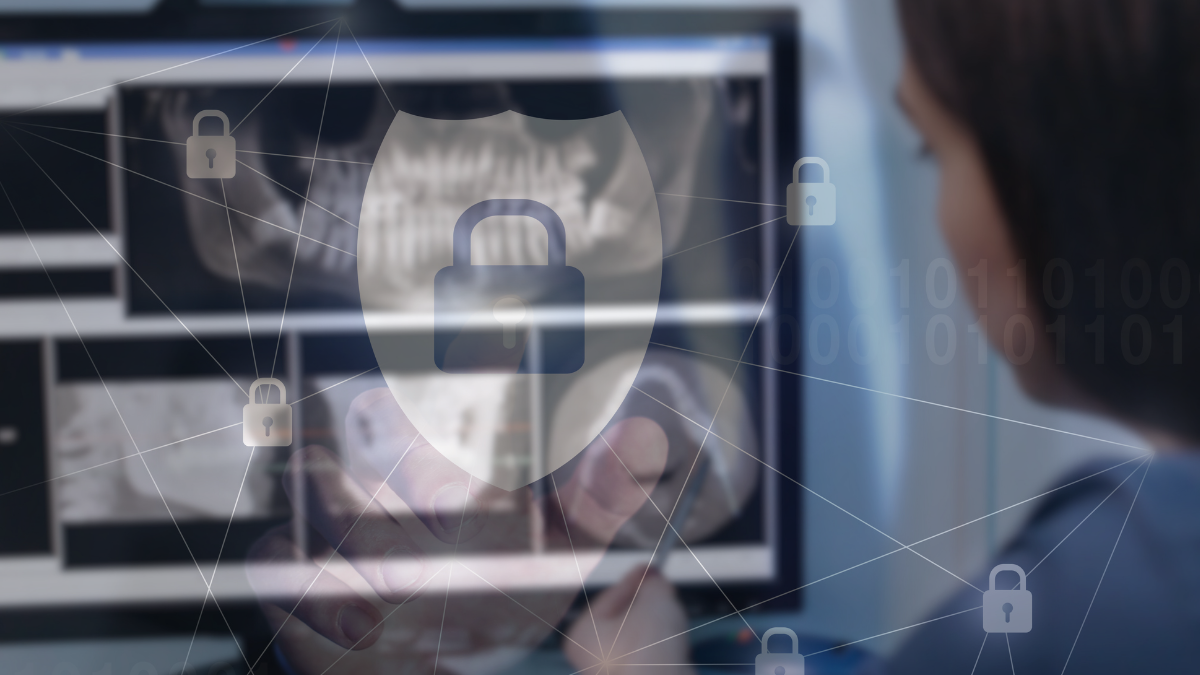Protect your dental practice by investing in robust dental software and secure hardware solutions designed for HIPAA compliance and cyberattack prevention. This essential digital defense builds patient trust, protects sensitive data, and ensures operational continuity.
In the digital age, a dental office is a storehouse of extremely private patient information in addition to being a place where smiles are made. Cybercriminals target Protected Health Information (PHI) such as financial information, personal contact information, and comprehensive medical histories. The startling increase in data breaches in the medical field, including dental offices, highlights a sobering fact: safeguarding patient data is now a must, not an option, and requires strong dental cybersecurity measures that cover both hardware and software.
Ignoring the risk of cyberattacks can have disastrous results, including high fines from the government, irreversible harm to your practice’s reputation, a decline in patient confidence, and major disruptions to operations. Building a truly fortified digital environment requires a comprehensive strategy that combines robust hardware infrastructure with secure dental software.
To find out how Axsys Dental Solutions can safeguard your future, visit our page dedicated to products and services.
The Basis of Trust: The Significance of Cybersecurity in Dentistry
The foundation of any prosperous dental practice is patient trust. Patients implicitly trust you with their most personal information when they entrust you with their health. This trust is destroyed by a data breach, which may result in legal action under US laws such as the Health Insurance Portability and Accountability Act and other data protection laws around the world. Although there may be harsh penalties for noncompliance, the harm to one’s reputation and the loss of patients may be even more harmful.
Purchasing secure hardware and HIPAA-compliant dental software is important for more reasons than simply avoiding fines; it also protects the integrity of your practice, ensures business continuity, and shows that you are committed to patient privacy.
Boosting Your Online Protection: Sturdy Dental Software
Your practice’s brain center is modern dental software, which handles everything from patient charting and digital imaging to appointments and billing. Thus, this software’s security features are crucial. Seek out solutions that provide:
- End-to-end encryption: Your patient data should be encrypted while it is “in transit” (sent over networks, like to labs or insurance companies) and “at rest” (stored on servers or hard drives). Even if data is intercepted, this makes it unreadable by unauthorized parties.
- MFA, or multi-factor authentication: MFA adds an additional layer of security on top of passwords by usually requiring a second form of verification (such as a fingerprint or a code from a mobile app) in order to access sensitive systems. This significantly lowers the possibility of illegal access brought on by compromised passwords.
- Role-Based Access Controls: Not all patient data must be accessible to all employees. Only those who need sensitive information to perform their jobs can access it thanks to robust software that lets you assign specific permissions based on job roles.
- Activity logging and audit trails: Secure software should record who has access to what information and when. Finding suspicious activity or illegal access attempts can be aided by routinely reviewing these audit trails.
- Patch management and automatic updates: Cyberthreats are ever-changing. To quickly fix newly found vulnerabilities, your dental software should have a mechanism for routine, automated security updates and patches.
Did You Know?
Compared to other industries, the average cost of a data breach for healthcare organizations—including dental practices—is the highest, frequently surpassing millions of dollars because of fines from the government, legal fees, and harm to their reputation.
Developing a Cybersecurity Culture
Human error can compromise even the most sophisticated hardware and software. Cybersecurity Dental staff training is essential. The likelihood of successful cyberattacks can be considerably decreased with regular training on how to spot phishing emails, spot dubious links, create strong passwords, and comprehend appropriate data handling procedures. Your best defense is an informed team.
Do not expose your patient information. Use professional cybersecurity solutions to safeguard the future of your practice. For a consultation, give Axsys Dental Solutions a call at (855) 687-7941 right now.
Frequently Asked Questions (FAQs)
What is the biggest cybersecurity threat to dental practices today?
Currently, ransomware attacks and phishing scams are among the biggest cybersecurity threats to dental practices. Ransomware can encrypt all your patient data, making it inaccessible until a ransom is paid, while phishing attacks are often the initial entry point for various types of cyber infiltration, tricking staff into revealing credentials or downloading malicious software.
How often should a dental practice conduct a cybersecurity risk assessment?
A dental practice should conduct a comprehensive cybersecurity risk assessment at least annually, or whenever there are significant changes to its IT infrastructure, software systems, or patient data handling processes. Regular assessments help identify new vulnerabilities, ensure compliance with evolving regulations like HIPAA, and allow for proactive mitigation of potential threats.






